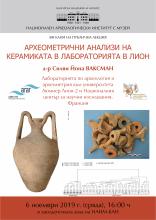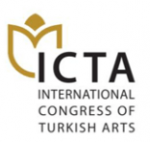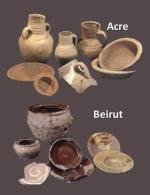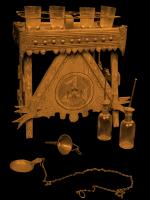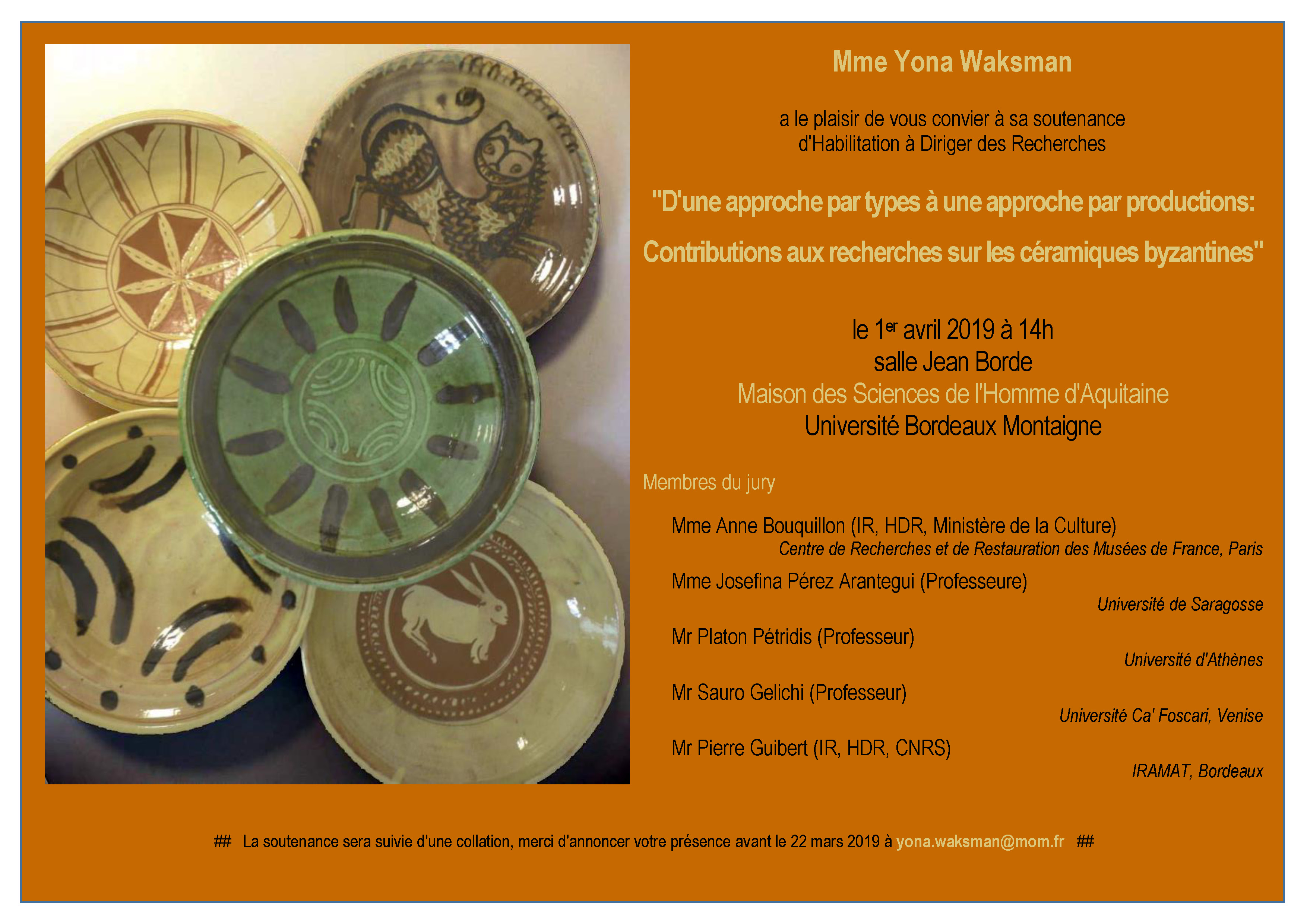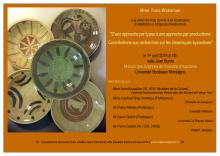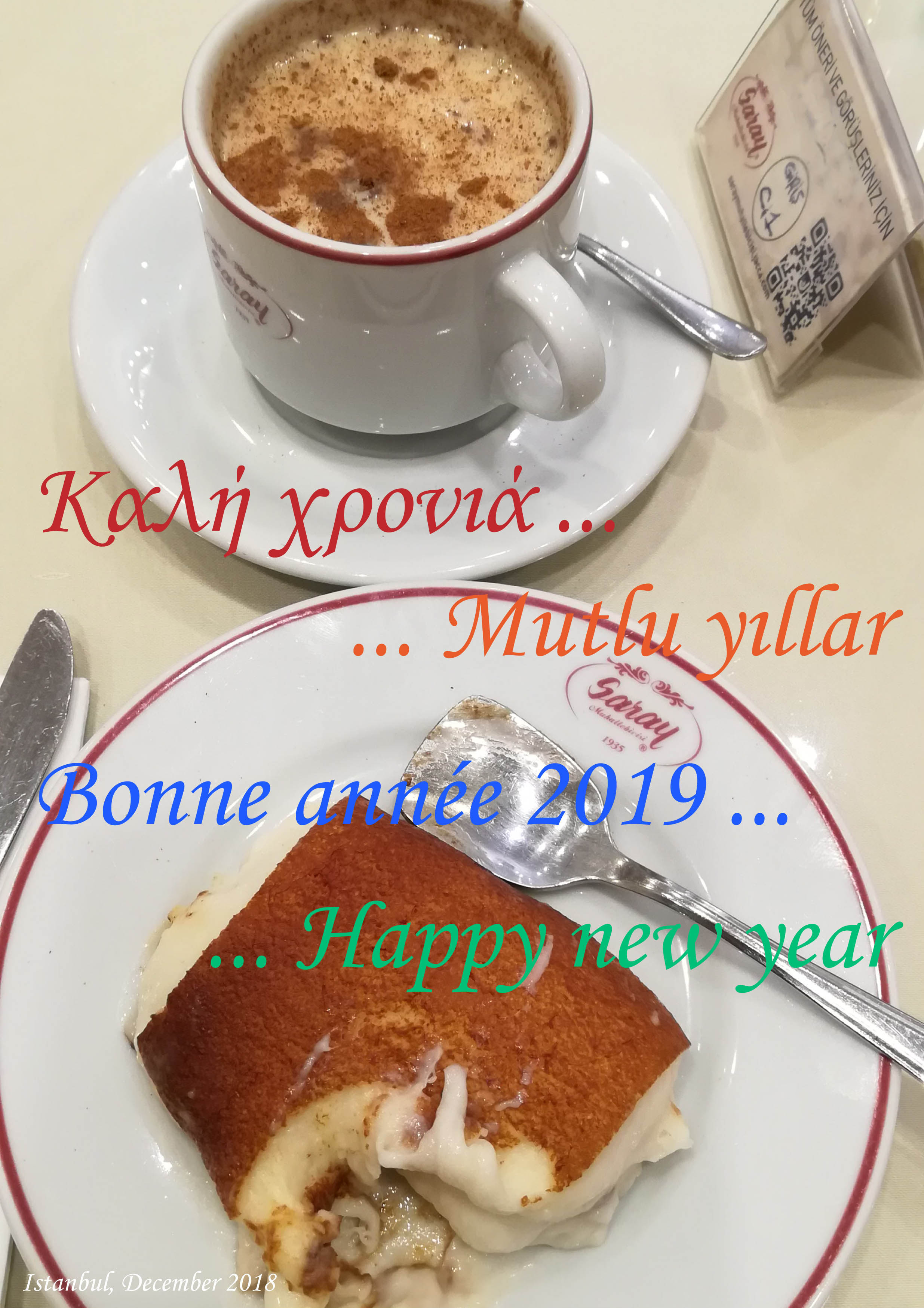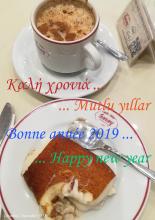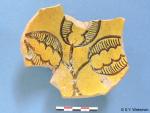Public lectures at the National Archaeological Institute with Museum, Bulgarian Academy of Sciences, Sofia
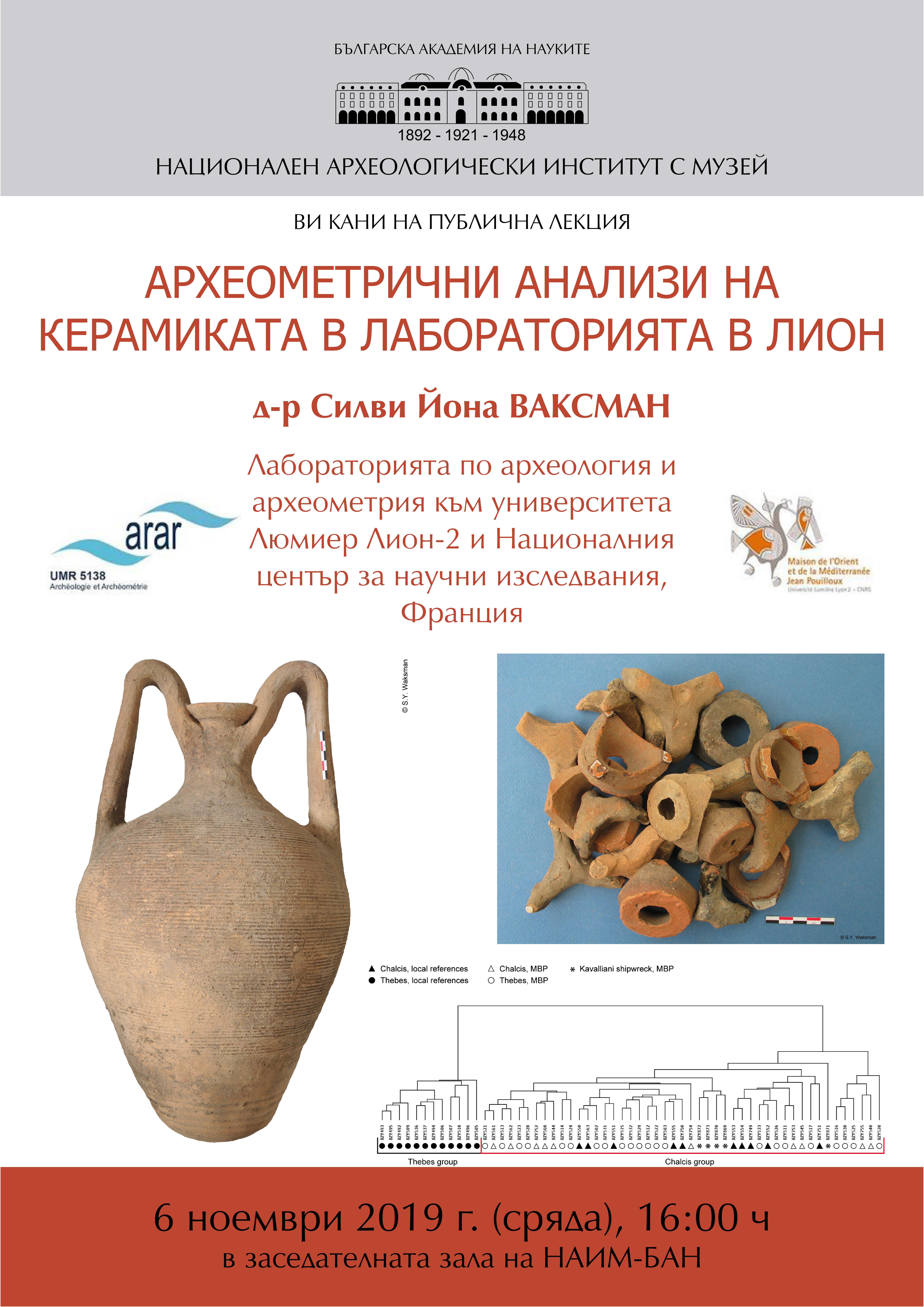
POMEDOR members Yana Morozova, Sergyi Zelenko, and Yona Waksman will give lectures at the National Archaeological Institute with Museum, Bulgarian Academy of Sciences, Sofia:
on November 6th
"Archaeometric Approaches to Ceramics in Lyon Laboratory, using Chemical Analysis"
on November 12th
"Две публични лекции на д-р Сергей Зеленко и г-жа Яна Морозова от Центъра по подводна археология към Киевския университет „Тарас Шевченко”



